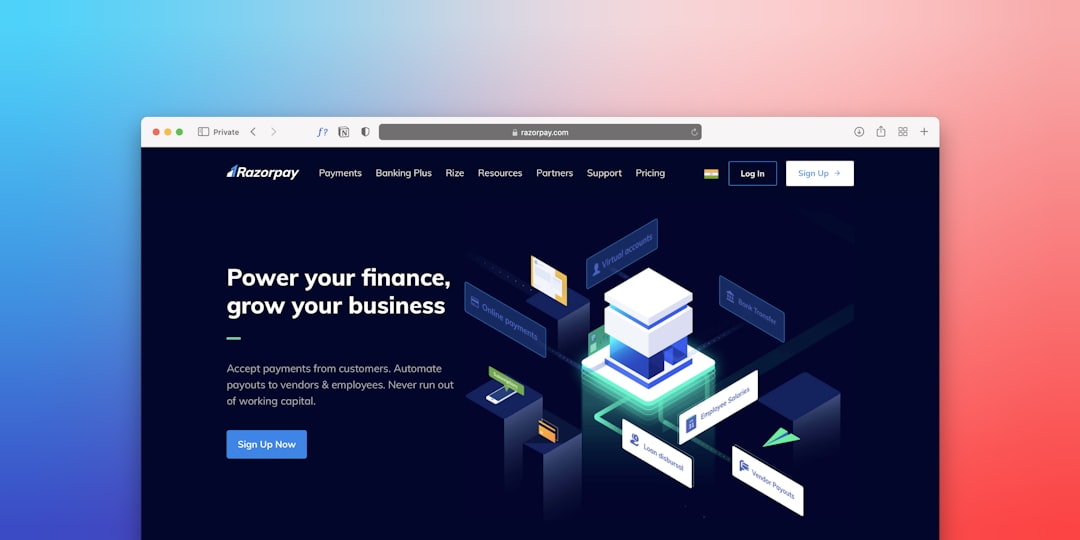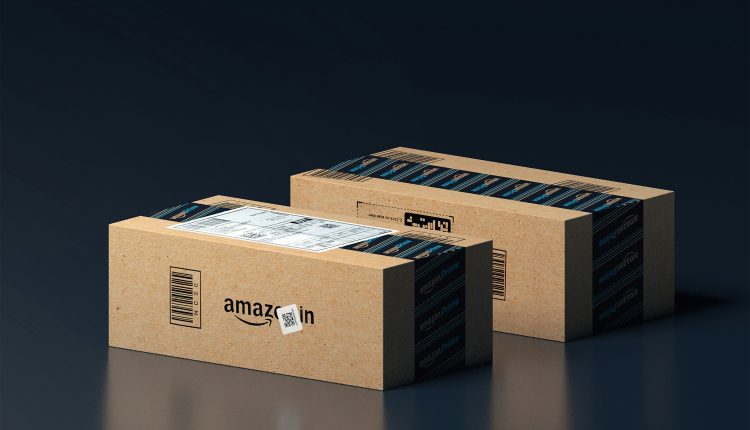In a significant shift in its retail operations, Amazon has begun distancing itself from smaller vendors, a move that has sent ripples across the e-commerce and wholesale ecosystem. For years, Amazon has relied on a diverse group of suppliers, including small and medium businesses, to stock its vast online marketplace. However, recent reports indicate the tech giant is streamlining its vendor relationships, focusing increasingly on larger partners and encouraging many smaller vendors to transition into third-party sellers. This development raises several questions about the future of these businesses and the broader implications for consumers and the retail industry at large.
Why Amazon Is Cutting Small Vendors
Table of Contents
Amazon’s primary motivation behind severing ties appears to be operational efficiency. Managing thousands of small vendors adds complexity to supply chains, customer service, pricing controls, and logistics. By narrowing its list of wholesale suppliers, the company aims to improve margins, reduce operational costs, and gain better control over inventory and pricing strategies.
Moreover, the company is rapidly expanding its Fulfilled by Amazon (FBA) and third-party seller platform. Instead of purchasing inventory upfront, Amazon prefers that small vendors take on the cost and risks associated with storage and demand forecasting. This model not only reduces Amazon’s overhead but also shifts responsibility for inventory overstock and understock to the vendors themselves.

Impact on Small Vendors
The consequences for small vendors can be substantial. Many of these businesses depend heavily on Amazon’s platform for their revenue, and a sudden suspension of wholesale relationships can lead to dramatic financial strain. Without the backing of bulk purchase orders from Amazon, these businesses will need to pivot quickly to stay afloat.
Some vendors may find it challenging to move from a wholesale model to a third-party seller model, due to lack of infrastructure or knowledge. Those who do make the switch will face steep competition, fluctuating ad costs, and the need for strong demand-generation strategies. Others might simply shut down operations if unable to adapt quickly enough.
On a more positive note, some small businesses might find that operating as third-party sellers gives them more control over pricing, branding, and customer engagement. However, this benefit doesn’t come without increased responsibility and risk.
What Consumers Should Expect
Consumers may not notice a dramatic change initially, as Amazon will continue to maintain a wide range of products available for purchase. However, there could be subtle shifts in pricing, delivery speeds, and product availability. The increased number of independent sellers might also lead to more variation in customer service and order fulfillment experiences.
Over time, consumers could potentially see higher prices for certain goods, especially if fewer small vendors are able to compete with large-scale suppliers. Similarly, unique or niche products once offered by specialized small businesses might become less available unless those businesses successfully transition to the third-party model.
The Road Ahead for Amazon
This move aligns with Amazon’s broader strategy to consolidate operations and maximize profitability. With increasing pressure from shareholders and mounting competition from Walmart and other e-commerce platforms, Amazon is focusing on creating a more agile and cost-efficient supply chain. Whether this strategy will pay off long-term depends largely on how successfully small vendors can adapt and stay within the Amazon ecosystem without direct support.

It is also possible that Amazon’s decision may drive some small businesses to seek alternative platforms and marketplaces that offer more supportive environments for growth. Platforms like Etsy, Walmart Marketplace, and even niche-specific online retailers might benefit from the vendor exodus.
FAQ
- Q: Why is Amazon cutting ties with small vendors?
A: Amazon is aiming to streamline its operations by working with fewer, larger suppliers to reduce complexity and increase efficiency. - Q: What happens to the small vendors?
A: Many are being encouraged to become third-party sellers on Amazon. Others may struggle to transition and may explore alternative platforms or exit the market. - Q: How will this impact consumers?
A: Initially, the impact may be minimal, but over time, consumers could see fewer niche products and potentially higher prices. - Q: Can small vendors still succeed on Amazon?
A: Yes, but they must adapt to the third-party seller model, manage their own inventory, and handle marketing and customer service. - Q: Are other online marketplaces stepping in?
A: Yes, platforms like Walmart Marketplace and Etsy may attract small vendors looking for better support and business opportunities.
As Amazon evolves, small vendors will need to be more resilient and innovative than ever. While the road ahead may be challenging, those who adapt might find new, more empowered roles in the e-commerce landscape.

